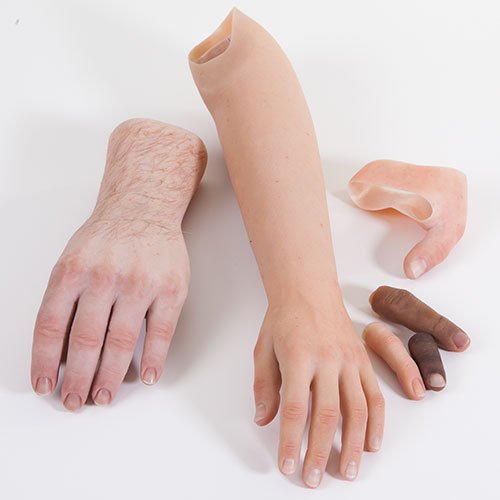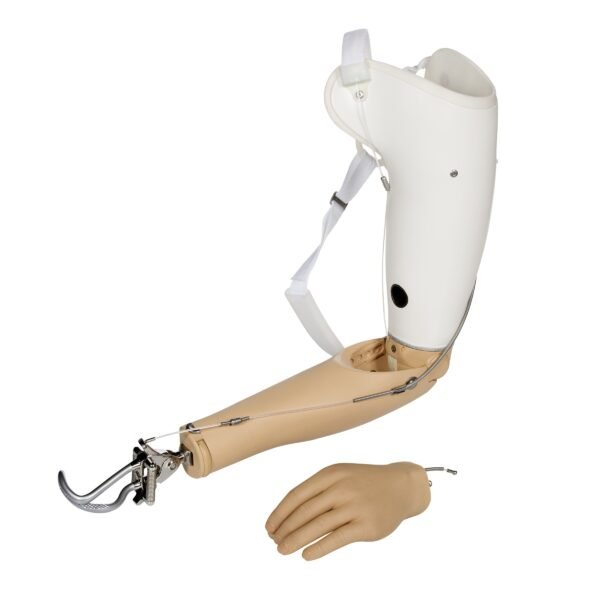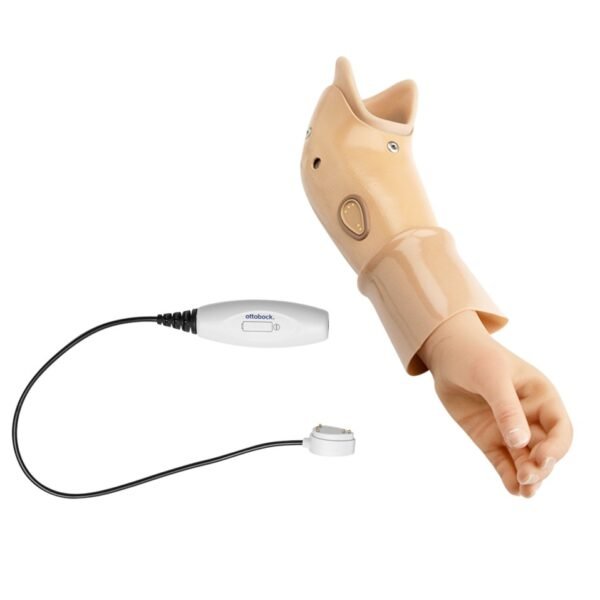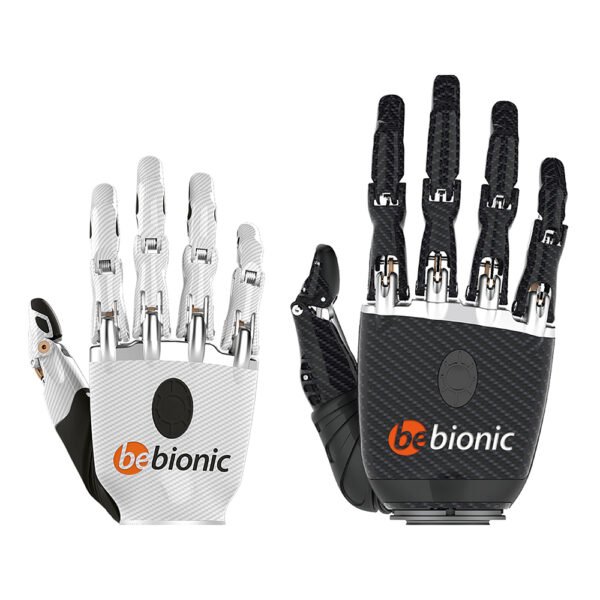
Cosmetic Hand & Finger Prosthesis
Cosmetic hand prosthesis has no moving parts. This prosthesis can be cast from the other hand and tailored to skin tone. People who are missing fingers or part of a hand can also have a cosmetic prosthesis cast to replace the missing part.




